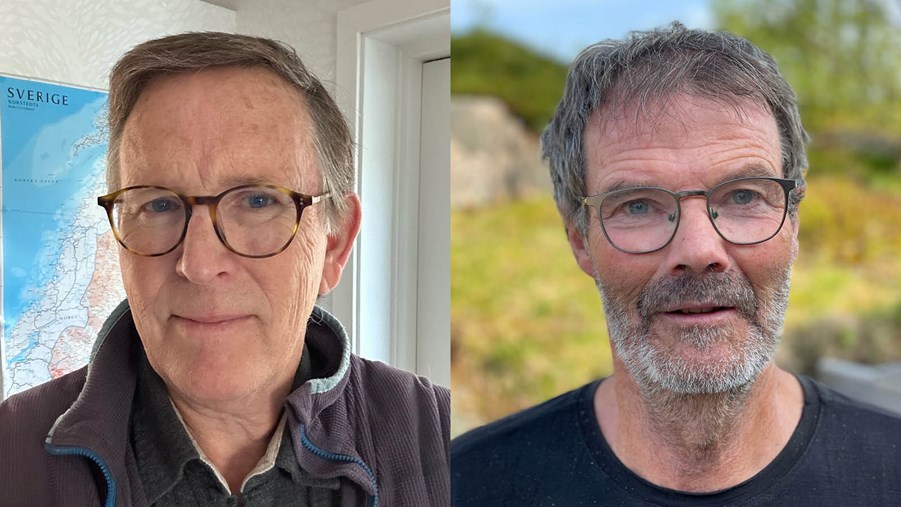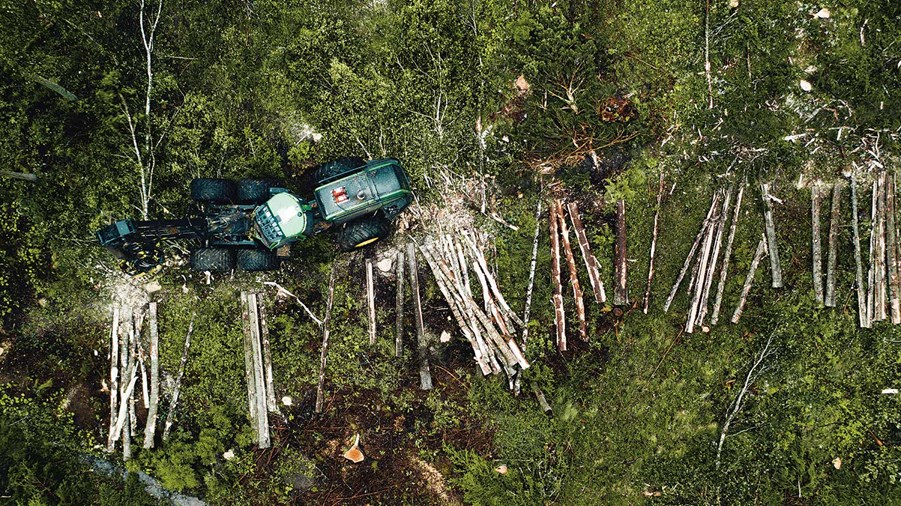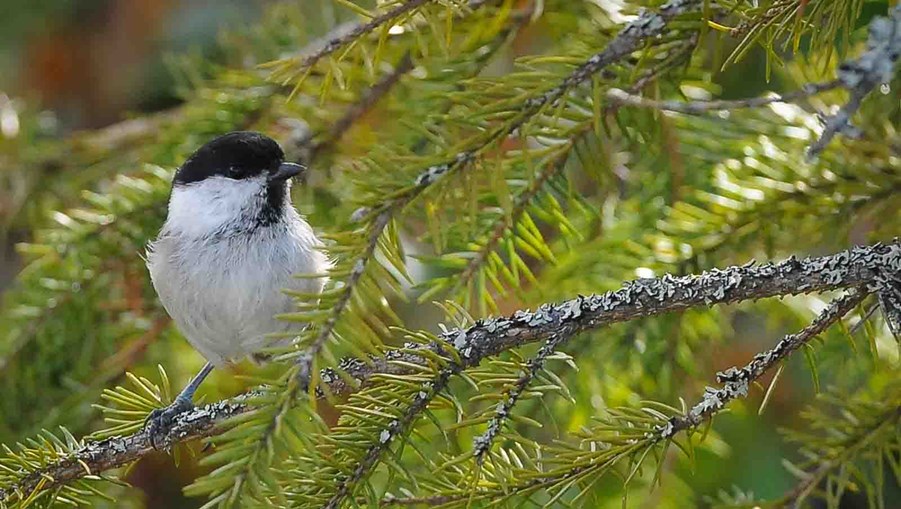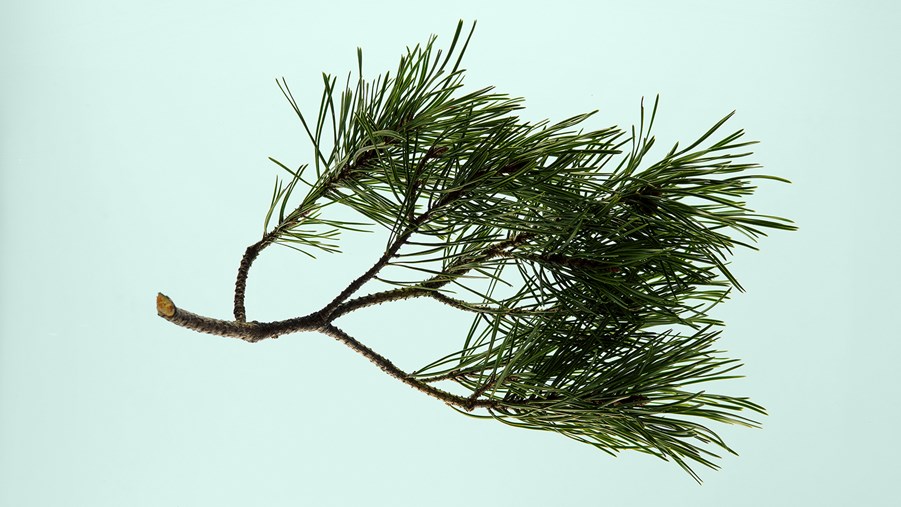
Researchers Dr Mats Hannerz and Dr Per Simonsson have analysed the state of biodiversity in Swedish forests in their report, Biodiversity in the forest – Condition, Trends and Environmental Work. And while there is good news, their report also finds that more needs to be done.
“The amount of dead wood, old forest, deciduous trees and rough trees in Sweden’s cultivated forests is increasing. However, contrasts in forest landscapes are widening – the amount of older, protected forest is increasing, as is the amount of younger, cultivated forest – and forests have become denser. This may benefit some species, but it is a disadvantage for others that need light. This applies to blueberries, lingonberries, and humans,” says Hannerz.
“We see positive and negative trends regarding different groups of species, and for most groups the situation is stable. Work to measure biodiversity in Sweden’s cultivated forests has started, which is encouraging,” says Simonsson.
Your experience in nature conservation and forestry research stretches back almost 50 years. When you produced this report on behalf of the Swedish Forest Industries Federation, to what extent were you free to structure your work?
“We felt we were free to write what we wanted. It’s unfortunate that debate about Swedish forests is polarized, and I think it could be more balanced if more accurate facts were available. Of course forestry makes mistakes sometimes, and the entire industry would benefit from avoiding large clearings and reducing damage caused by vehicles and extensive land preparation. That said, there are so many good things happening that we need to talk about. Good examples tend to spread,” Hannerz says.
“We were free to choose focus areas and in terms of our conclusions. Unfortunately, I think that most people don’t have a holistic view of nature conservation work that is conducted in forests. Forest owners are considerate when they fell trees and voluntarily protect areas with high natural values such as key biotopes. The Swedish state is responsible for formal protections such as nature reserves and biotope protection areas. Then there are large areas of low-productivity forest that should not be felled. Together, this provides the conditions for more sensitive forest species to survive. Unfortunately, some areas with extremely high natural values are still logged. The state and forest owners are responsible for protecting these,” Simonsson explains.
More to be done
The Director General of Swedish Forest Industries, Viveka Beckeman, believes the report is significant, and looks forward to studying its findings in greater depth.
“Sweden’s forest industry wants to contribute to more sustainable development and biodiversity is of course a priority issue for us. Our members are already taking a large number of initiatives with the aim of creating favourable conditions for different species and supporting even richer biodiversity,” she says.
Beckeman is hopeful that the report will contribute to the discussion about the state of the forest becoming more nuanced and fact-based.
“Unfortunately, I sometimes feel that the important debate about the state of the forest is characterised by opinions and assumptions, without a basis in science. More research is needed so that we can be confident that the measures we take will have the desired effects. For example, we need more knowledge about how we can sustainably increase growth in our forests, this is a key piece of the puzzle to reducing effects of the climate crisis,” says Beckeman.
Dr Mats Hannerz and Dr Per Simonsson
Dr Mats Hannerz has a doctorate in forest genetics, a licentiate in flora care and forestry. He has worked on forestry research and communication at the Swedish University of Agricultural Sciences (SLU) and the Forestry Research Institute of Sweden (Skogforsk) since the end of the 1980s. Since 2008, Hannerz has worked as a freelancer primarily in research communication, in which capacity he has collaborated with a large number of researchers as an editor and co-author, including on several research projects on nature conservation.
Dr Per Simonsson is a qualified biologist and has worked with nature conservation since the 1970s, first at the County Administrative Board of Västernorrland, and from 1992 as Nature Conservation Manager at Swedish timber, pulp and paper manufacturer SCA, a role in which he was involved in implementing a series of nature and ecological landscape planning measures. He holds a doctorate from SLU on the extent and growth of nature conservation in Sweden. He also has an honorary doctorate from Mid Sweden University. He is now retired but continues to work with nature conservation issues.


